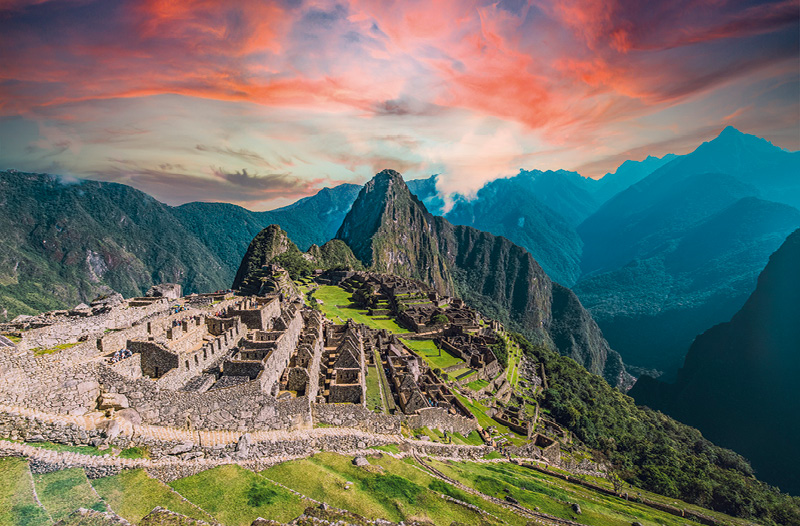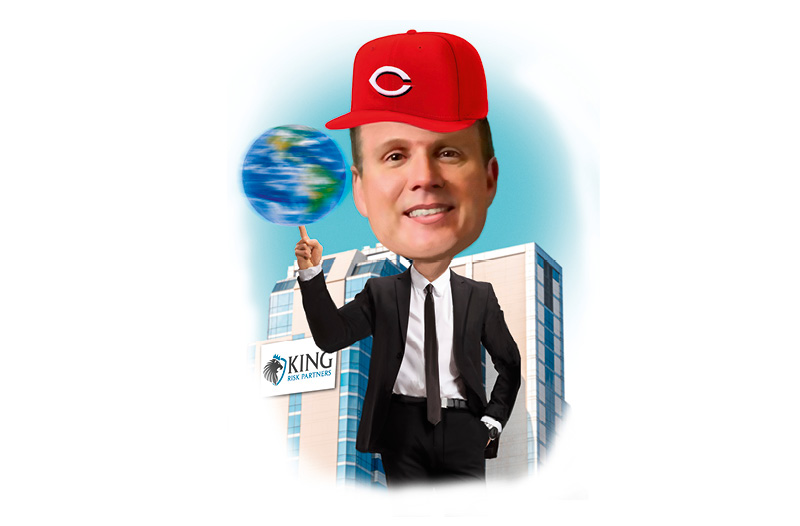
Nuclear Business Fallout

While there is always a small threat of a radioactive leak or meltdown from a nuclear reactor—Japan’s is the third major plant failure since Three Mile Island in Pennsylvania in 1979—the fallout for property-casualty insurance is small.
Because of the sheer expense and risk of building nuclear power plants, nuclear power plants built in the United States come with a federal government backstop. The private market covers the first $375 million of a plant’s exposure. After that, a pool set up by the 104 plant licensees in the U.S. handles the next $12.6 billion. Beyond that, or if there is a failure on their part, the government takes over. Japan covers its nuclear risk in similar fashion.
But government involvement doesn’t mean claims are handled quickly. According to the Nuclear Regulatory Commission, litigation arising from the Three Mile Island accident was finally resolved in 2003—24 years after the plant’s partial meltdown.
Some critics of nuclear energy have argued that because American reactors are so old—the average age of U.S. reactors equals the age of older Japanese reactors—they potentially are more dangerous. But much of the U.S. uses a different technology than the Japanese. So while the direct cost of a nuclear accident is no major threat to insurers, ensuing losses can be.
“There are two phases to these cat losses,” says David Pagoumian, CEO of Napco, a property wholesaler brokerage. “There’s the initial capital loss,” Pagoumian says, referring to the earthquake and flood devastation, and then there is business interruption.
Since Japan is a huge global trade player, “some trading relationships may take business elsewhere, maybe China,” Pagoumian says. That will have a direct affect on coverage for business interruption and global supply chains here in the U.S. and elsewhere.
Although nations such as Japan have newer plants, the U.S. remains the world’s largest supplier of commercial nuclear power. As a result, the scope of potential business interruption following a U.S. nuclear accident similar to the Fukushima Daiichi reactors could be sizable if an accident were to occur on U.S. soil.
It Could Happen Here
In the 1960s and ’70s, nuclear power was seen as the answer to America’s energy needs. Reactor after reactor was built, until more than 20% of U.S. electricity was provided by atomic power.
Atomic power lost its cachet after the Three Mile Island plant threatened the Eastern Seaboard with a “China Syndrome” meltdown in 1979. The far worse disaster at Russia’s Chernobyl reactor, in 1986, created an even more distrustful climate for nuclear energy, at least in the U.S. The country’s only nuclear reactor under construction, the Watts Bar plant in Tennessee, was begun in 1973.
That scenario was just starting to change when the tsunami hit Japan’s Fukushima Daiichi reactors, knocking out not only the reactors themselves, but also the backup cooling systems which shut them down safely. The horrific scenes seem to have squelched a renaissance in atomic energy that had been backed not only by Republicans, but also by environmentally minded President Obama. Since 2007, there have been 16 license applications to build 24 new reactors, according to the World Nuclear Association, and even during the recent crisis, Obama still endorsed nuclear power as a “clean energy source” that would “secure America’s energy future.”
Southern California Edison’s San Onofre plant is near the Pacific Ocean in San Diego County—vulnerable to a tsunami. Pacific Gas & Electric’s Diablo Canyon plant hovers near a fault line. The plant was built to withstand a 7.5 earthquake. The Japanese earthquake registered 9.0, and the San Francisco earthquake of 1906 was about 8.0.
Illinois, which has 11 nuclear reactors even though it sits on the New Madrid fault, experienced an 1811 earthquake so severe that the Mississippi River ran backward. Virginia’s North Anna nuclear power plants, about 70 miles southwest of Washington, D.C., also sit on a fault line.




